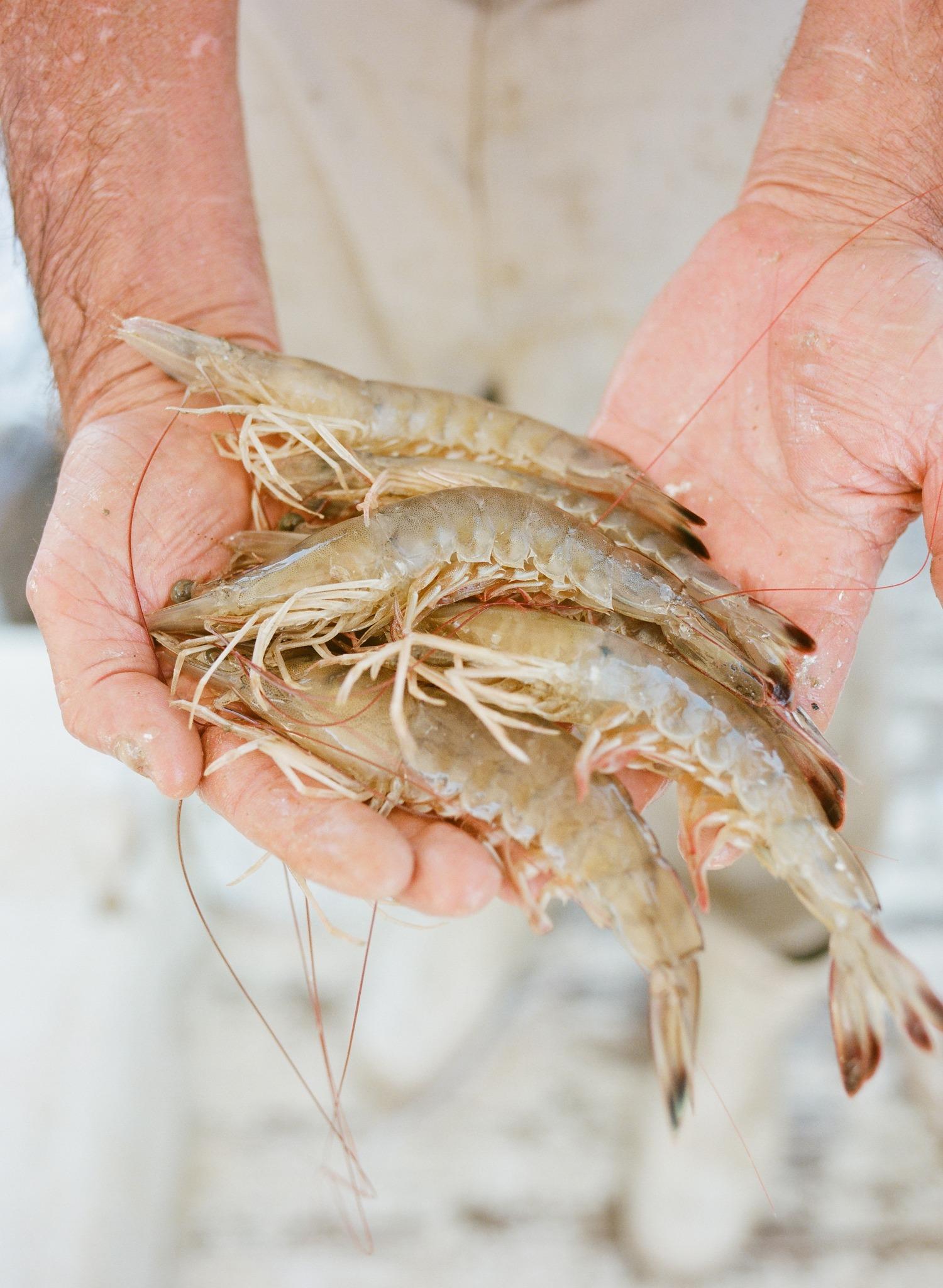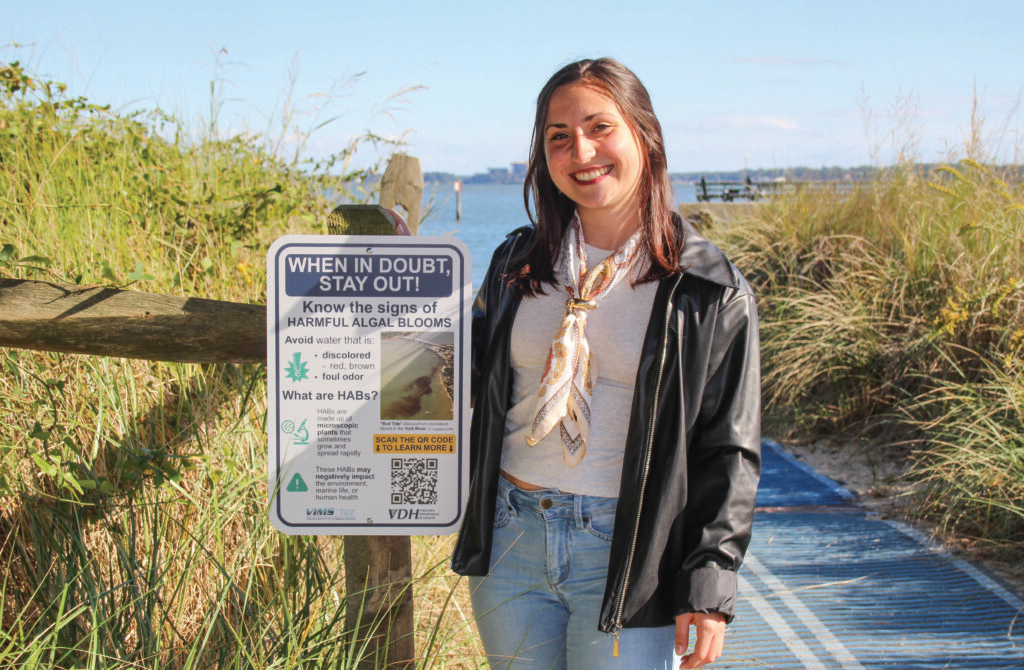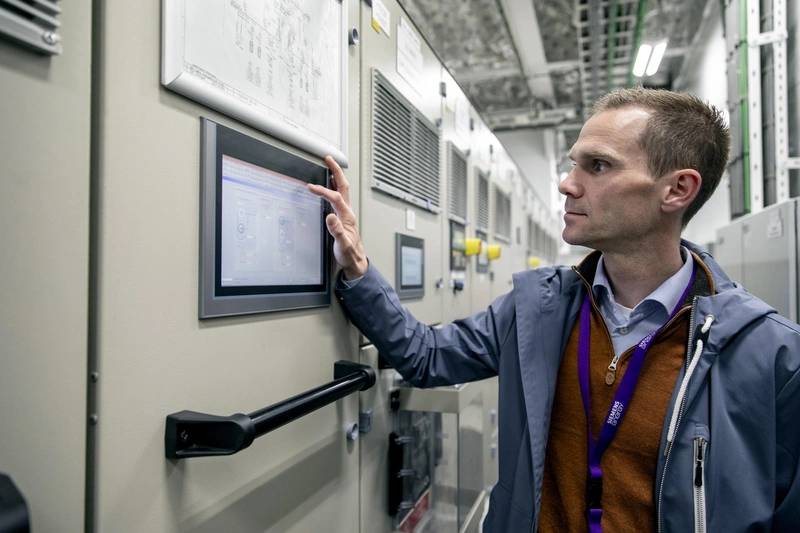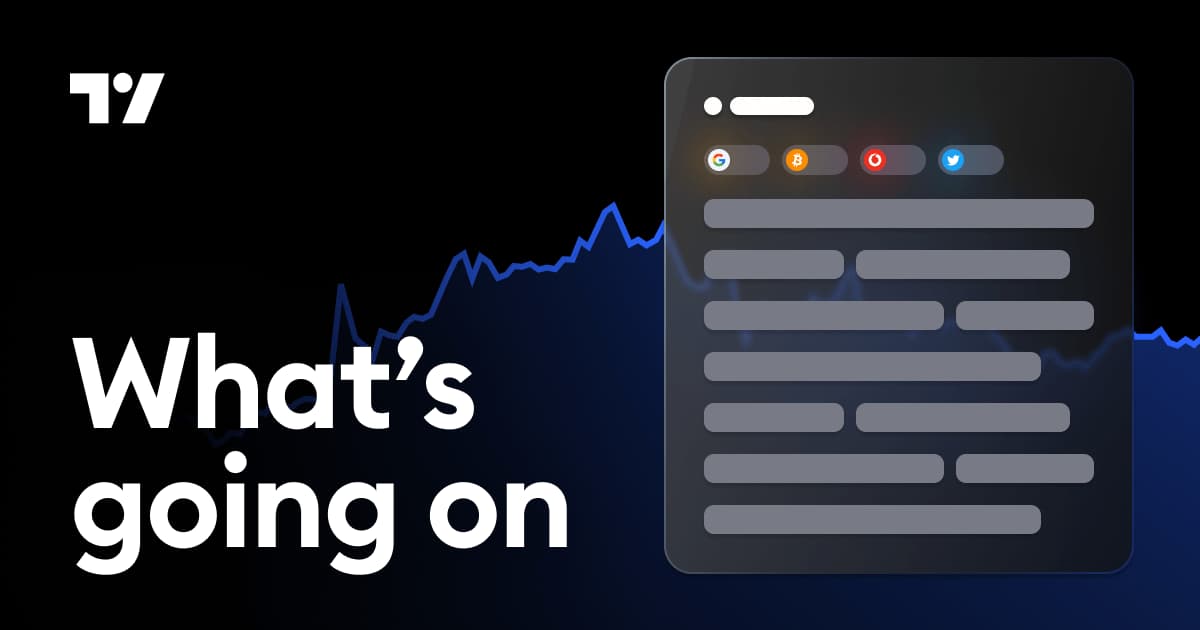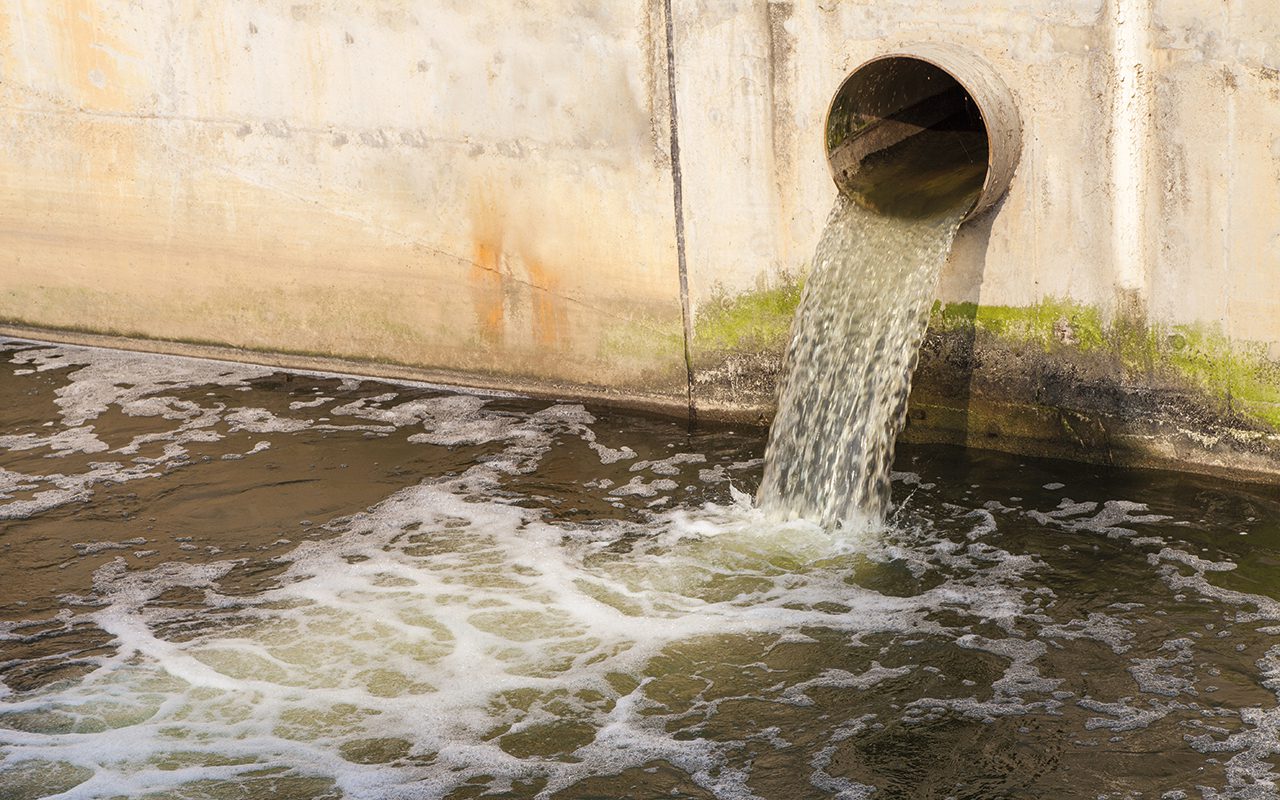Report on Alabama’s Shrimp Fishery Management Plan and Alignment with Sustainable Development Goals (SDGs)
The Marine Resources Division (MRD) of the Alabama Department of Conservation and Natural Resources (ADCNR) has initiated a public consultation process to develop a new shrimp fishery management plan. This initiative is a critical step towards achieving external certification for sustainable resource management, directly aligning with several United Nations Sustainable Development Goals (SDGs).
Initiative Overview and Stakeholder Engagement
Public Consultation Sessions
To foster inclusive and participatory governance (SDG 17), the MRD will host two public listening sessions in November 2025. These sessions are designed to gather input from shrimping industry participants and the general public, ensuring that the new management plan is comprehensive and reflects community and industry perspectives.
-
Date: Wednesday, November 12, 2025
Time: 12:00 p.m. – 4:30 p.m.
Location: Bayou La Batre Community Center, 12745 Padgett Switch Rd., Bayou La Batre, AL 36544 -
Date: Thursday, November 13, 2025
Time: 12:00 p.m. – 4:30 p.m.
Location: Gulf Shores Activity Center, 260 Clubhouse Dr., Gulf Shores, AL 36542
Integration with United Nations Sustainable Development Goals
The development of the shrimp fishery management plan is fundamentally linked to the global sustainability agenda. ADCNR Commissioner Chris Blankenship noted that the plan is a requirement for demonstrating that the resource is managed sustainably.
SDG 14: Life Below Water
The primary objective of the management plan is to conserve and sustainably use marine resources. By creating a framework to prevent overfishing and protect marine ecosystems, this initiative directly supports the targets of SDG 14, ensuring the health and productivity of Alabama’s marine environment for future generations.
SDG 8: Decent Work and Economic Growth
A sustainably managed shrimp fishery is essential for the long-term economic viability of coastal communities. The plan aims to secure the livelihoods of those in Alabama’s shrimping industry, promoting sustained, inclusive, and sustainable economic growth and productive employment, in line with SDG 8.
SDG 12: Responsible Consumption and Production
Achieving external certification for sustainability addresses SDG 12 by ensuring sustainable production patterns. A certified fishery provides consumers with a responsible choice, promotes resource efficiency, and contributes to a more sustainable seafood supply chain.
SDG 17: Partnerships for the Goals
The listening sessions exemplify a multi-stakeholder partnership. By actively engaging industry members and the public, the ADCNR is building a collaborative framework for governance, which is a core principle of SDG 17 for achieving sustainable development.
Proposed Framework and Public Input
Key Discussion Points
During the sessions, MRD staff will present the foundational elements of the proposed plan. Attendees will have multiple opportunities to provide feedback. The agenda includes:
- Presentation of proposed goals and objectives for the fishery.
- Open comment periods for public and industry feedback.
- Discussion on additional goals for inclusion in the final plan.
This collaborative process ensures that the management strategy is robust, effective, and built on a shared commitment to sustainability.
Contact and Accessibility Information
For additional information regarding the listening events, or to request accommodations under the Americans with Disabilities Act, please contact John Mareska with the Marine Resources Division. Requests should be made at least two days prior to the scheduled meeting.
- Email: john.mareska@dcnr.alabama.gov
- Phone: (251) 968-9737
1. Which SDGs are addressed or connected to the issues highlighted in the article?
SDG 14: Life Below Water
- This goal is central to the article, which focuses on the sustainable management of the Alabama shrimp fishery. The development of a “new shrimp fishery management plan” and the pursuit of an “external certification process to demonstrate the resource is managed sustainably” directly address the conservation and sustainable use of marine resources.
SDG 16: Peace, Justice and Strong Institutions
- The article highlights the process of public engagement through “two listening sessions” hosted by the Marine Resources Division (MRD). This demonstrates a commitment to inclusive and participatory decision-making, a key aspect of building effective and accountable institutions. By inviting feedback from the shrimping industry and the general public, the ADCNR is ensuring that the management plan is responsive to the needs and concerns of stakeholders.
SDG 17: Partnerships for the Goals
- The initiative described in the article is a clear example of a multi-stakeholder partnership. The Alabama Department of Conservation and Natural Resources (a government body) is actively collaborating with the private sector (“participants in the Alabama shrimping industry”) and civil society (“the general public”) to develop a sustainable management plan. This collaborative approach is essential for achieving sustainable development outcomes.
2. What specific targets under those SDGs can be identified based on the article’s content?
Target 14.4: Sustainable Fishing
- The article directly relates to this target, which aims to “effectively regulate harvesting and end overfishing… and implement science-based management plans, in order to restore fish stocks.” The entire purpose of the “new shrimp fishery management plan” is to ensure the Alabama shrimp fishery is managed sustainably, which aligns perfectly with the objectives of this target.
Target 16.7: Responsive, inclusive, participatory and representative decision-making
- This target is addressed through the described public consultation process. The article states that the MRD will “host two listening sessions… to gather feedback” and that “participants in the Alabama shrimping industry and the general public are encouraged to attend.” This process is designed to ensure that the final management plan is a product of inclusive and participatory decision-making.
Target 17.17: Encourage and promote effective public, public-private and civil society partnerships
- The listening sessions represent a platform for a public-private-civil society partnership. The government agency (ADCNR) is creating a forum to engage with the private sector (shrimping industry) and the public to achieve a common goal: the sustainable management of a shared natural resource. This collaboration is a practical application of the partnership model promoted by this target.
3. Are there any indicators mentioned or implied in the article that can be used to measure progress towards the identified targets?
Indicators for Target 14.4
- Development and adoption of a sustainable fishery management plan: The article’s primary subject is the development of this plan. Its successful creation and implementation would be a direct indicator of progress.
- Achievement of external sustainability certification: The article explicitly mentions that “The Alabama shrimp fishery is undergoing an external certification process.” Achieving this certification would serve as a clear, measurable indicator that the fishery is managed sustainably according to recognized standards.
Indicators for Target 16.7
- Number of public consultation events held: The article specifies that “two listening sessions” will be held. This is a quantifiable measure of the effort to engage stakeholders.
- Process for incorporating public feedback: The article states that attendees are “invited to comment on the proposals and suggest additional goals and objectives for inclusion in the plan.” The existence of this mechanism for public input is an indicator of a participatory process.
Indicators for Target 17.17
- Establishment of a multi-stakeholder engagement process: The listening sessions themselves, which bring together government, industry, and the public, are an indicator of an active partnership. The article’s call for industry and public participation confirms the establishment of this collaborative framework.
4. Table of SDGs, Targets, and Indicators
| SDGs | Targets | Indicators |
|---|---|---|
| SDG 14: Life Below Water | Target 14.4: By 2020, effectively regulate harvesting and end overfishing, illegal, unreported and unregulated fishing and destructive fishing practices and implement science-based management plans. |
|
| SDG 16: Peace, Justice and Strong Institutions | Target 16.7: Ensure responsive, inclusive, participatory and representative decision-making at all levels. |
|
| SDG 17: Partnerships for the Goals | Target 17.17: Encourage and promote effective public, public-private and civil society partnerships. |
|
Source: outdooralabama.com

